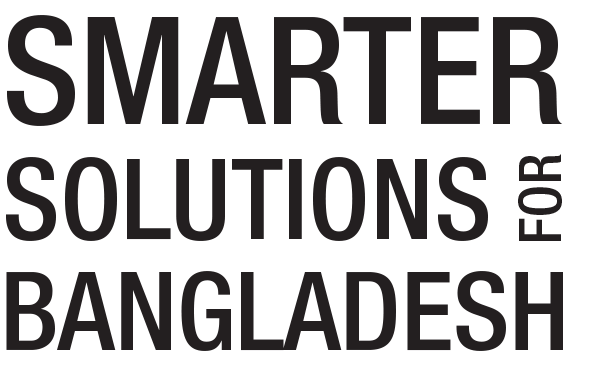Golden rice: The malnutrition fighting crop
Published by

Golden rice research, development, and dissemination would return up to 329 takas of social good for every taka spent. New academic research highlights the smartest ways to fight malnutrition and micronutrient deficiency.
Over the past two decades, Bangladesh has remarkably managed to feed an increasing population better - the UN's Food and Agricultural Organization estimates that in 1993, the average Bangladeshi had access to just 2,000 calories per day, whereas today that number has increased to 2,450 calories per day. To a large extent, this success comes on the back of ever-higher rice production - rice makes up 70 percent of the average daily calorie intake.
Unfortunately, rice may make an empty stomach feel full, but it lacks many vital micronutrients. The latest survey shows three-quarters of all children deficient in vitamin A. This matters because studies show that every day an estimated 88 children in the country go blind due to vitamin A deficiency. And each year, the condition is responsible for 28,000 deaths of children under age 6. Furthermore, chronic undernourishment leads to stunting, which hinders cognitive and physical development and affects about six million Bangladeshi children."
Read more in Bjorn Lomborg’s op-ed published in The Daily Star.

